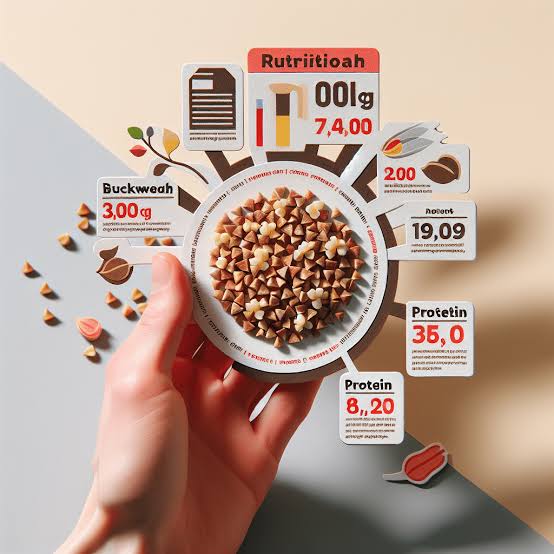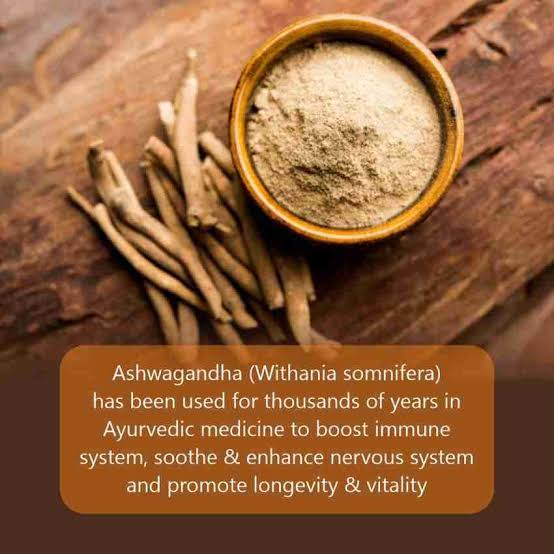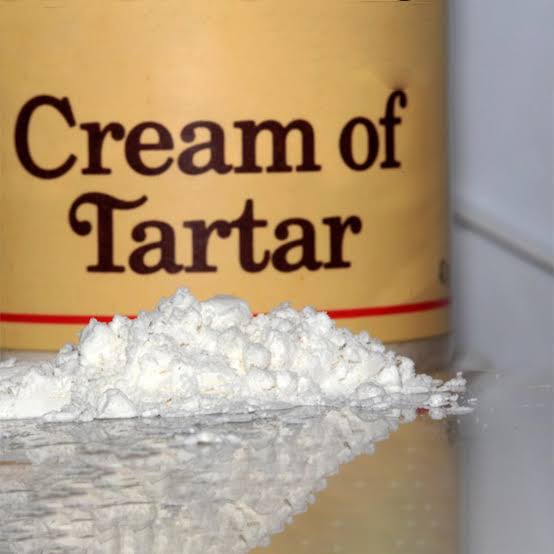Buckwheat, often mistaken for a grain, is actually a seed that comes from the plant Fagopyrum esculentum. It has gained popularity in recent years due to its impressive nutritional profile and numerous health benefits. Whether consumed in the form of buckwheat groats, flour, or noodles, this superfood is an excellent addition to a healthy diet. Let’s explore the health benefits of buckwheat and why it’s worth including in your meals.
Table of Contents:
- What is Buckwheat?
- Health Benefits of Buckwheat
- Packed with Nutrients
- Supports Heart Health
- Aids Digestion
- Helps Control Blood Sugar Levels
- Promotes Weight Loss
- Boosts Antioxidant Levels
- Supports Bone Health
- How to Incorporate Buckwheat into Your Diet
- Wrapping Up: Is Buckwheat Worth the Hype?
- Frequently Asked Questions
1. What is Buckwheat?
Buckwheat is a pseudocereal, meaning it’s not actually a cereal or wheat, but it’s used in similar ways. It has a distinct, nutty flavor and is typically consumed in its whole seed form (buckwheat groats) or ground into flour. Buckwheat is naturally gluten-free, making it an excellent alternative for people with gluten sensitivities or celiac disease. It’s also rich in protein, fiber, and essential minerals, making it a nutrient-dense food.
2. Health Benefits of Buckwheat
Packed with Nutrients
Buckwheat is a powerhouse of essential nutrients. It’s a good source of plant-based protein, fiber, and a range of vitamins and minerals, including magnesium, manganese, copper, iron, and B vitamins. Additionally, it contains all nine essential amino acids, making it a complete protein source—rare for plant-based foods.
Key Nutrients in Buckwheat:
- Protein
- Fiber
- Magnesium
- Iron
- Copper
- Manganese
- B vitamins (including B6 and folate)
- Antioxidants
Supports Heart Health
Buckwheat is heart-healthy due to its high fiber content, which helps lower cholesterol levels and reduce the risk of heart disease. The magnesium in buckwheat promotes healthy blood circulation by relaxing blood vessels and regulating blood pressure. Additionally, the flavonoids in buckwheat, particularly rutin, have been shown to improve blood vessel health and lower blood pressure.
How Buckwheat Helps Heart Health:
- High fiber content lowers bad cholesterol (LDL)
- Magnesium supports proper heart function
- Flavonoids, especially rutin, improve blood circulation and lower blood pressure
Aids Digestion
Buckwheat is rich in fiber, particularly soluble fiber, which is beneficial for digestion. Fiber promotes regular bowel movements, helps prevent constipation, and supports a healthy gut microbiome. Additionally, the prebiotics in buckwheat nourish good bacteria in the gut, which further aids digestion and improves overall gut health.
How Buckwheat Aids Digestion:
- Fiber supports regular bowel movements
- Prebiotics help promote a healthy gut microbiome
- Soluble fiber prevents constipation
Helps Control Blood Sugar Levels
Buckwheat has a low glycemic index, meaning it doesn’t cause a rapid spike in blood sugar levels like some other carbohydrates. It’s an excellent food choice for individuals with diabetes or those trying to manage their blood sugar. The fiber and complex carbohydrates in buckwheat help slow the absorption of sugar, preventing blood sugar spikes and promoting stable energy levels.
How Buck wheat Helps Blood Sugar Control:
- Low glycemic index prevents blood sugar spikes
- Fiber slows down sugar absorption in the body
- Can improve insulin sensitivity
Promotes Weight Loss
Buck wheat can be an effective food for weight management due to its high fiber and protein content, both of which help you feel fuller for longer. By reducing hunger and cravings, buck wheat can help prevent overeating. Furthermore, the complex carbs in buck wheat provide sustained energy without causing an insulin spike, making it a smart choice for anyone trying to maintain or lose weight.
How Buck wheat Promotes Weight Loss:
- High in fiber and protein, which help control hunger
- Low glycemic index prevents blood sugar crashes
- Provides sustained energy without overeating
Boosts Antioxidant Levels
Buck wheat is packed with antioxidants, which help protect the body from oxidative stress and damage caused by free radicals. The antioxidants in buckwheat, including flavonoids like rutin, quercetin, and catechins, have been shown to reduce inflammation and improve overall health. These antioxidants also contribute to buckwheat’s ability to support heart health and fight chronic diseases.
How Buck wheat Boosts Antioxidants:
- Rutin and other flavonoids fight free radicals
- Reduces inflammation and oxidative stress
- Supports overall health and disease prevention
Supports Bone Health
Buck wheat is rich in magnesium, manganese, and phosphorus, all of which play an essential role in bone health. These minerals help maintain strong bones, support bone density, and prevent conditions like osteoporosis. By consuming buckwheat regularly, you can help keep your bones healthy and strong as you age.
How Buck wheat Supports Bone Health:
- Magnesium and manganese promote bone strength
- Phosphorus contributes to bone formation and mineralization
- Helps prevent osteoporosis and bone loss
3. How to Incorporate Buck wheat into Your Diet
Buck wheat is incredibly versatile and can be enjoyed in various ways. Here are some ideas for adding it to your meals:
- Buckwheat Porridge: Cook buck wheat groats in water or milk for a nutritious breakfast porridge. Add fruit, nuts, or seeds for extra flavor.
- Buckwheat Pancakes: Use buck wheat flour to make gluten-free pancakes or waffles. Pair with fresh fruit or maple syrup for a tasty treat.
- Buckwheat Noodles (Soba): Soba noodles, made from buck wheat flour, are a great addition to soups, stir-fries, or salads.
- Buckwheat Salad: Toss cooked buck wheat groats with vegetables, beans, and a simple dressing to make a healthy salad.
- Baked Goods: Use buck wheat flour as a gluten-free alternative in baking recipes such as muffins, bread, and cookies.
4. Wrap: Is Buckwheat Worth the Hype?
Yes! Buckwheat is a nutrient-dense food with a wide range of health benefits. It’s high in protein, fiber, and antioxidants, making it a great addition to your diet for heart health, digestion, and overall well-being. Whether you’re looking to improve your bone health, control blood sugar, or promote weight loss, buck wheat is a versatile and delicious superfood that can help you achieve your health goals.
You May Further Ask
Q1: Is buck wheat gluten-free?
Yes, buck wheat is naturally gluten-free, making it a great option for people with gluten sensitivities or celiac disease.
Q2: How can I cook buck wheat?
Buck wheat can be cooked in a similar way to rice or quinoa. For buck wheat groats, use 2 cups of water for every 1 cup of groats. Bring to a boil, then simmer for 10-15 minutes until the water is absorbed.
Q3: Can buck wheat be eaten raw?
Raw buck wheat groats can be eaten after soaking them in water for several hours. However, cooking buckwheat makes it easier to digest and enhances its flavor.
Q4: Does buck wheat contain gluten?
No, buck wheat is naturally gluten-free, making it a suitable option for those following a gluten-free diet.
Its versatility in cooking makes it easy to add to your diet, whether in the form of porridge, pancakes, or noodles. If you’re looking for a gluten-free, nutrient-rich addition to your meals, buck wheat is definitely worth including in your diet.







